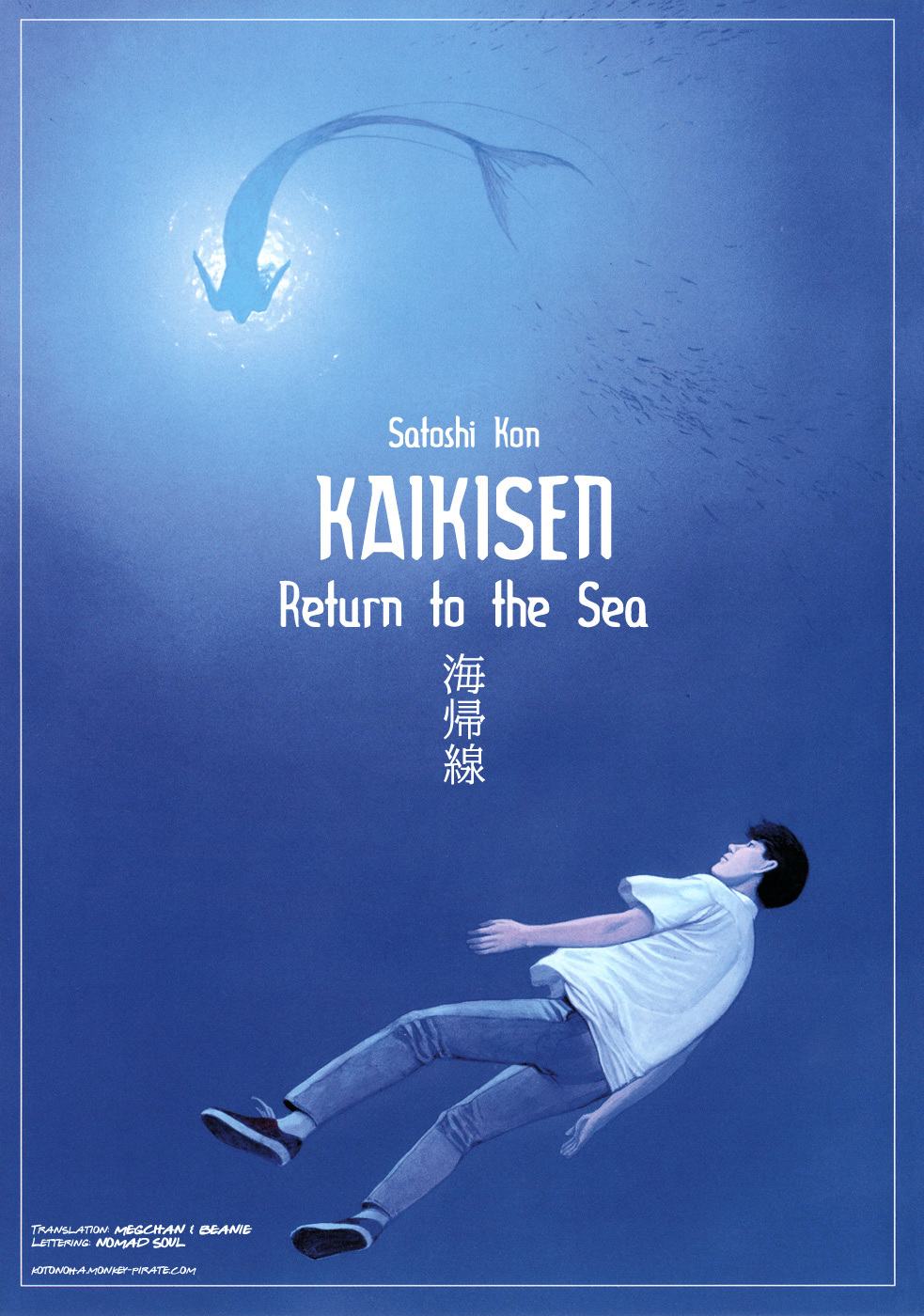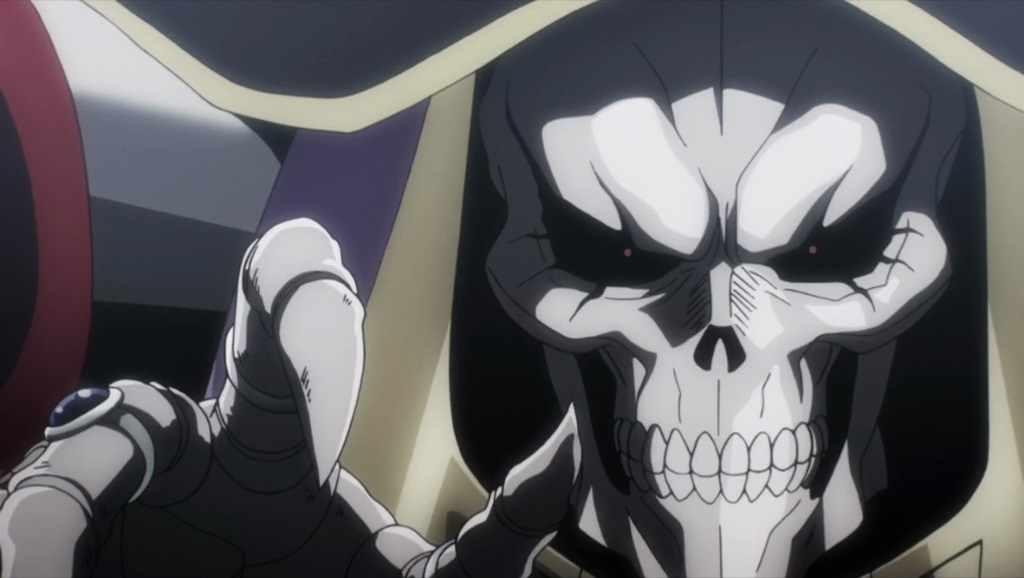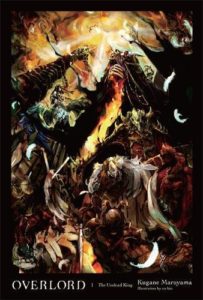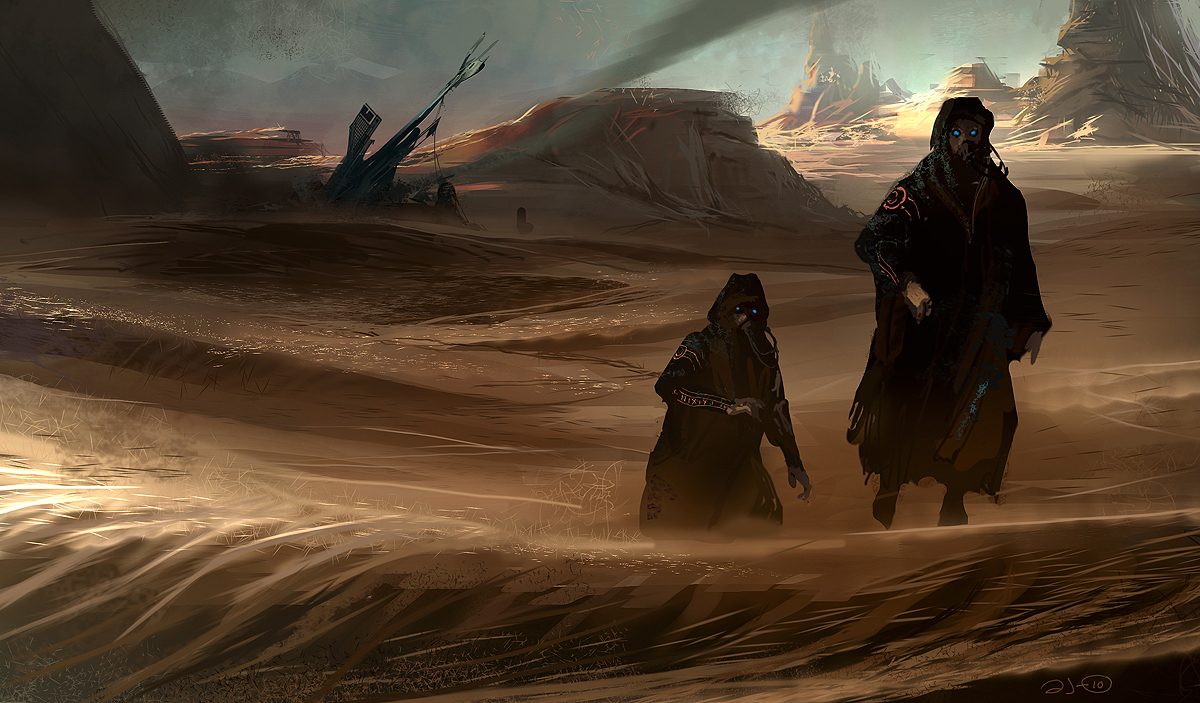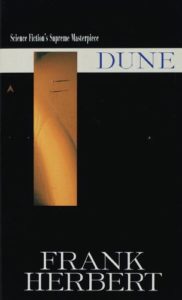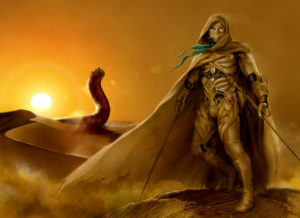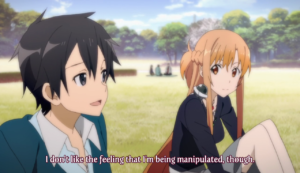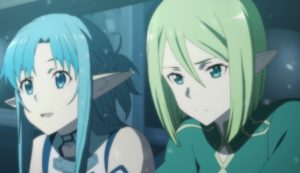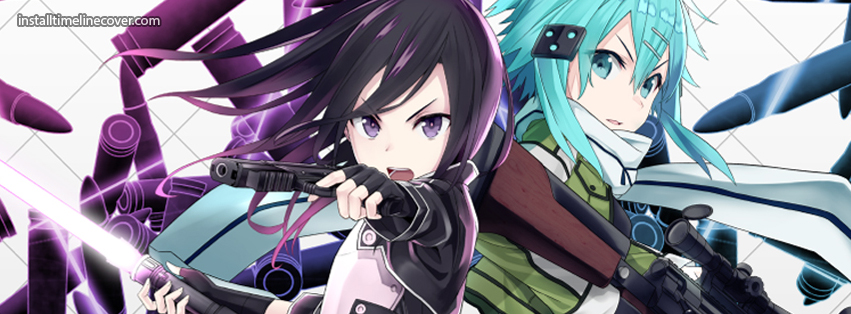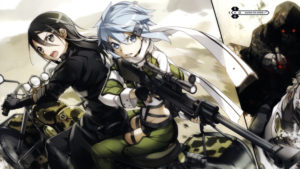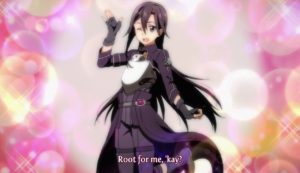I don’t have the energy to read long volumes these days, so I turned my hand to a one-volume manga by the late Satoshi Kon. The blurb of Kaikisen goes as follows:
The legend has it that once upon a time, a pact was sealed between the Shinto priest of the town of Amide and a mermaid. Ever since, abundant fishing has guaranteed the town’s prosperity. This pact has always been honored by the priests of the Yashiro family. However, the legend has attracted both media and property developers, and the acting priest has acceded to their demands. Yosuke, youngest of the Yashiro family, has doubts about the existence of the mermaid, but will soon change his opinion as strange occurrences begin to unfold…
What I liked:
The art was clean but detailed. The story was short but action-packed, it felt a lot like an action movie especially near the end. Not too much happened, which kept the events simple enough to understand. The “big bad” was a little ridiculous in the lengths to which he would go to keep the egg, but the other characters in the story were believable and understandable.
The tension between the islanders who wanted to modernize and those who wanted to keep things the same was easy to sympathize with as well. The resolution was positive, but it didn’t magically clear way all the tensions that had existed in the town.
What I didn’t like:
 I can understand the motivation of some of the characters, but that doesn’t mean any of them are likeable. The main character Yosuke in particular is just a chain-smoking unmotivated slacker who happens to do the right thing for once in his life. Kudos Yosuke, but that doesn’t make you any less annoying. His friend might as well have been air and his not-really-relationship with that girl who just came back from the city smacks of one of those relationships Hollywood throws into every action movie just for kicks.
I can understand the motivation of some of the characters, but that doesn’t mean any of them are likeable. The main character Yosuke in particular is just a chain-smoking unmotivated slacker who happens to do the right thing for once in his life. Kudos Yosuke, but that doesn’t make you any less annoying. His friend might as well have been air and his not-really-relationship with that girl who just came back from the city smacks of one of those relationships Hollywood throws into every action movie just for kicks.
That’s the main problem with Kaikisen. You’re not really rooting for anyone, except maybe the mermaid who stupidly entrusted a precious egg to those perfidious humans. The bad guys are given a treatment at the end that suggests they might not be so bad after all but given that their motivations were never really explored and the ‘good guys’ weren’t that easy to sympathize with either, it just smacks of Satoshi Kon trying to end things on a realistic note (bad guys aren’t killed) while not leaving a bad taste in the reader’s mouth. It… doesn’t really work IMO.
Overall:
Well whatever. That’s the beauty of a one-volume manga. On the minus side it might rush a few things and tie up some ends too neatly, but on the big plus side, when it’s over, it’s over. Kaikisen is a short, action-packed read with a good mix of modern-day realism and the supernatural. There’s a bonus, unrelated short story after that, but I disliked it after one page so I dropped it. The main story is worth a read as long as you don’t have to go out of your way to do so. Enjoy~
